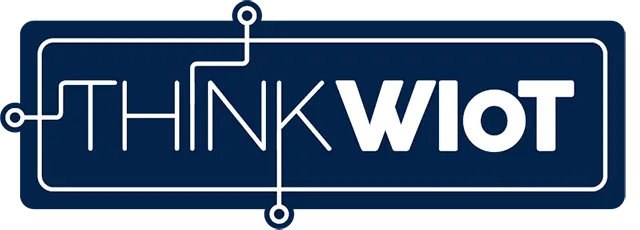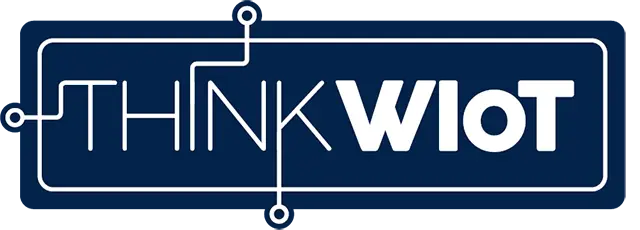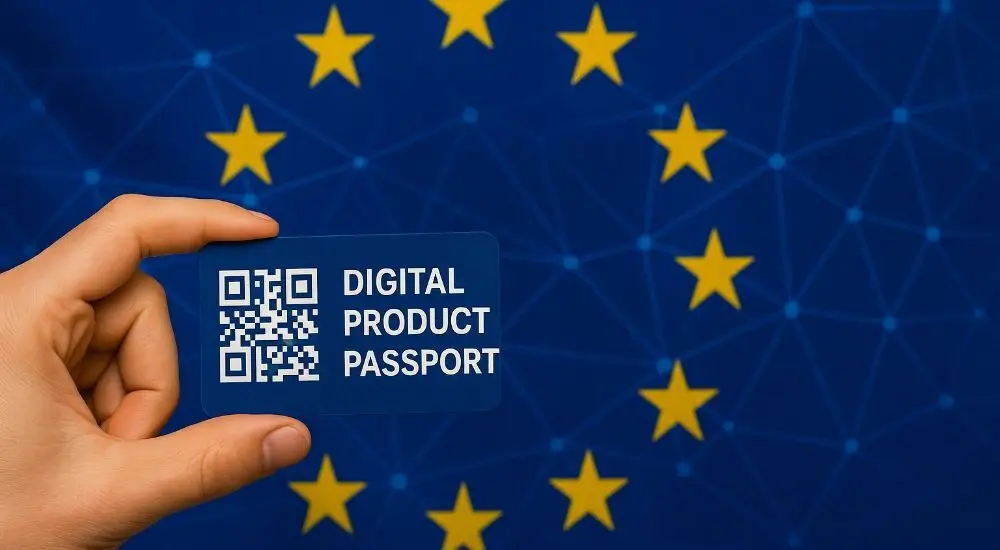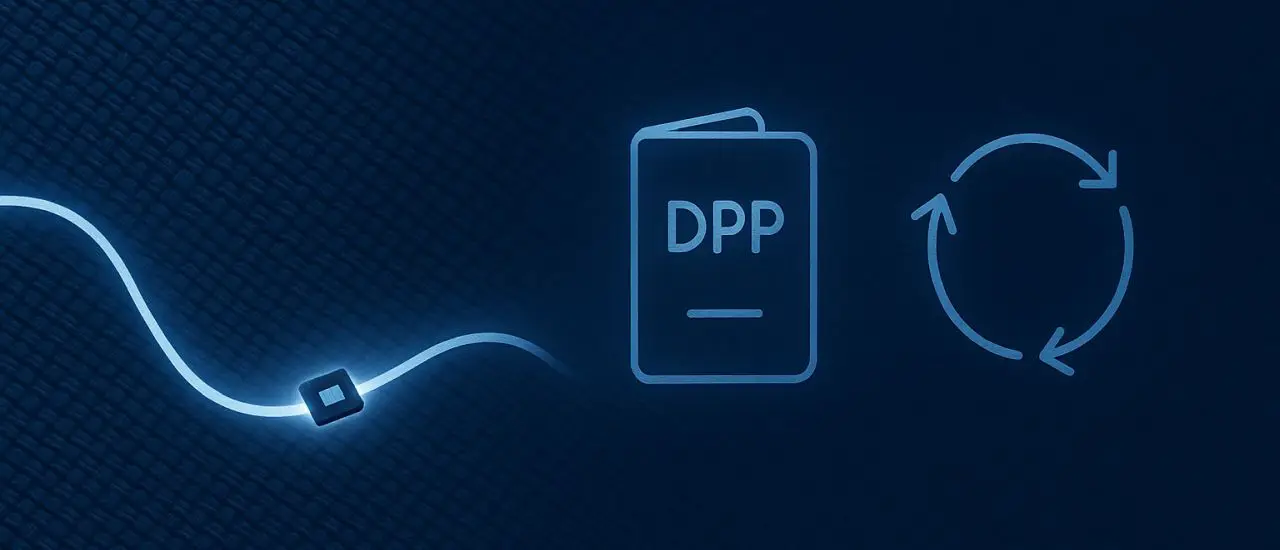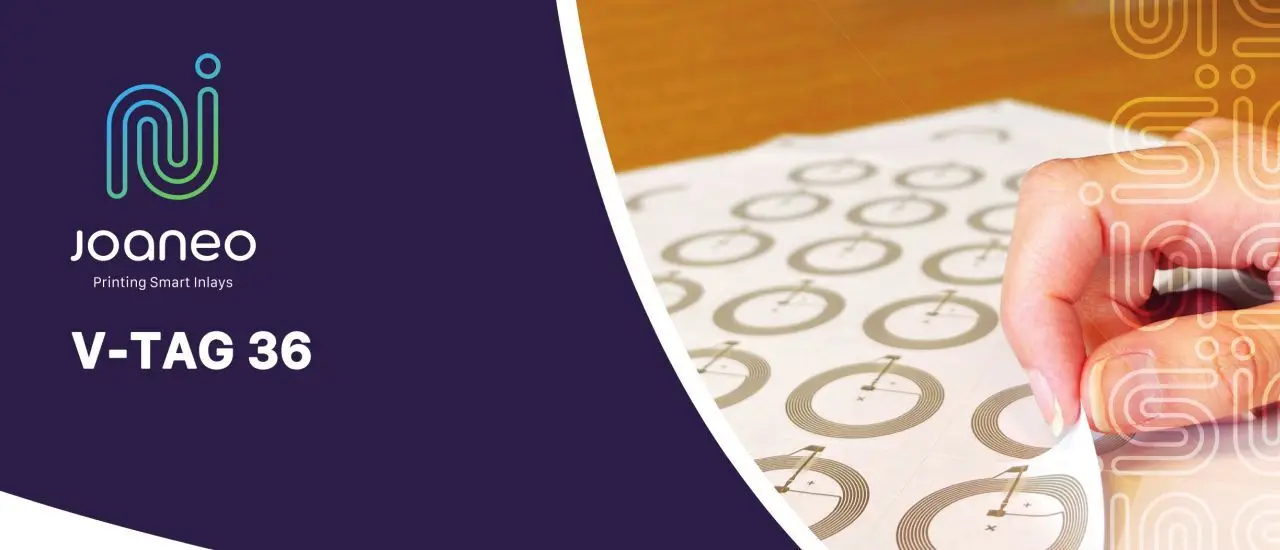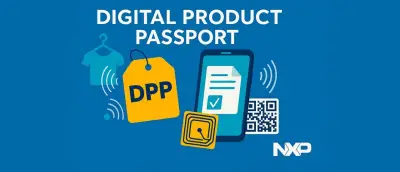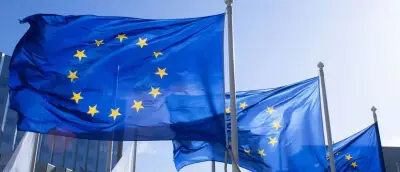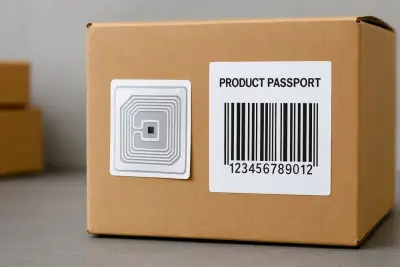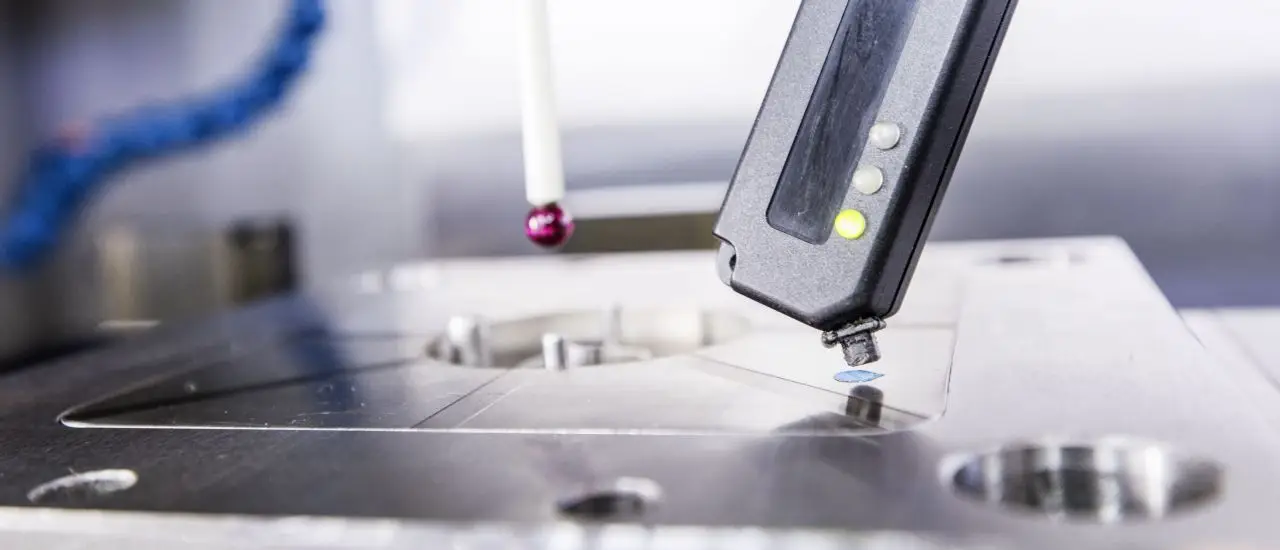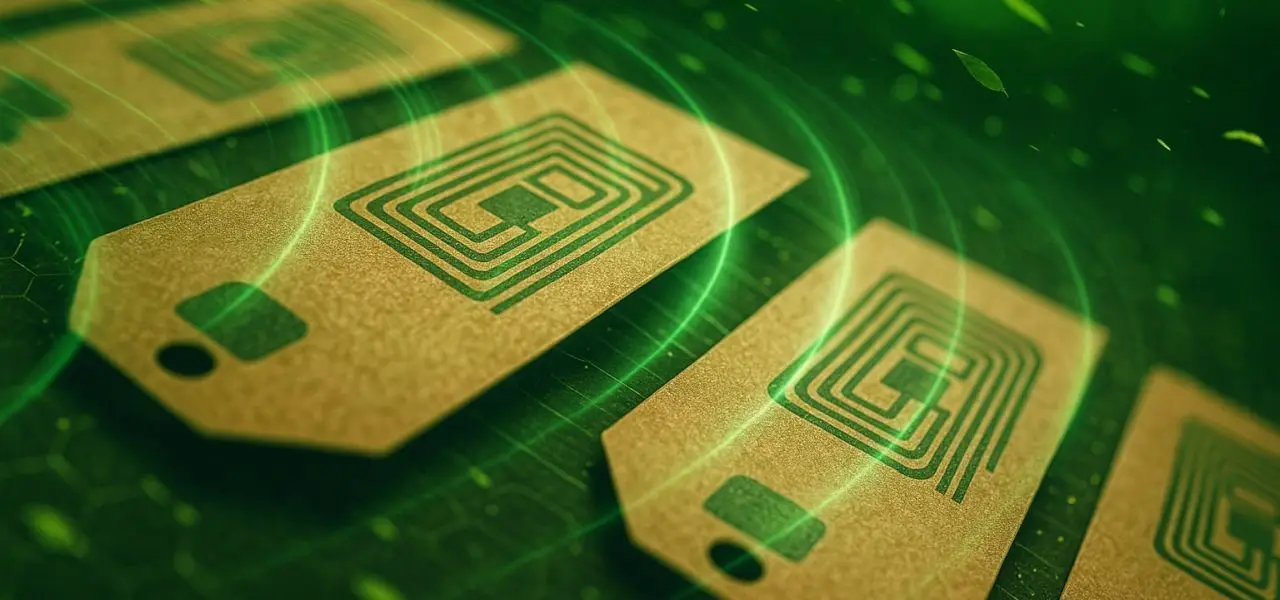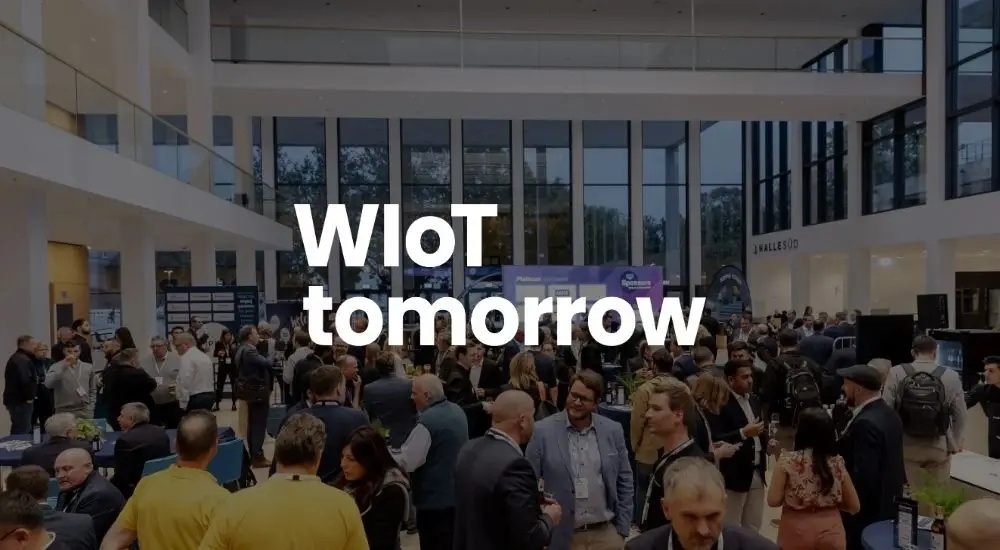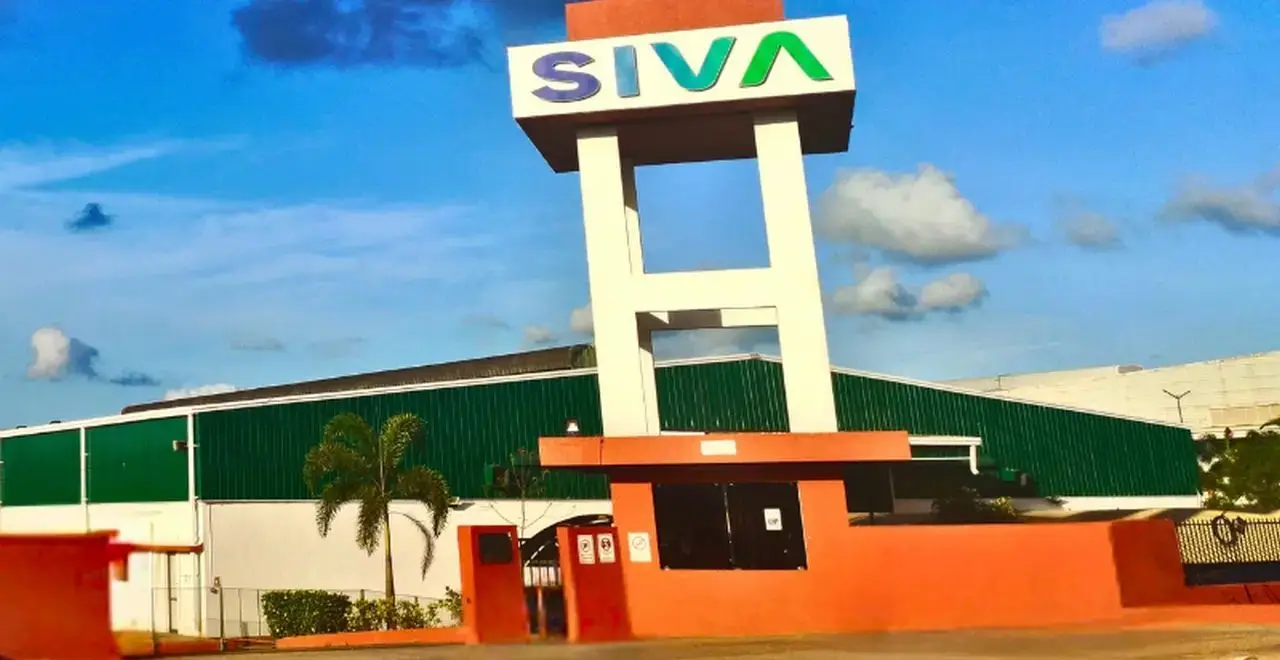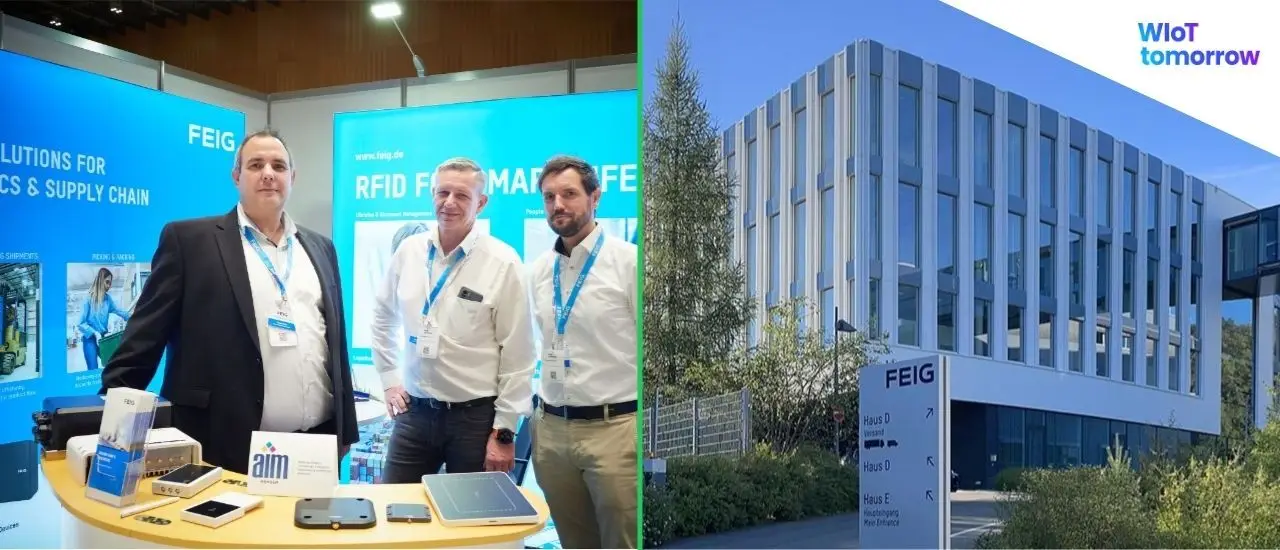Starting in 2026, the Digital Product Passport (DPP) will be gradually introduced in the European Union, beginning with batteries. The aim is to create greater transparency across the entire value chain and to make sustainable products visible through digital information. The legal foundation lies in the Ecodesign for Sustainable Products Regulation (ESPR) and the Battery Regulation.
From February 2026, manufacturers must provide digital data on aspects such as material origin, composition, carbon footprint, reparability, and recyclability. Additional product groups – including textiles, electronic devices, construction materials, and plastic products – are expected to follow, as defined in delegated acts under the ESPR. However, a complete timeline has not yet been published.
How realistic is broad implementation across industries? Which technologies are suitable? And what are the true benefits for manufacturers and end users?
Anja Van Bocxlaer spoke with Pierre Muller, RFID Business Unit Manager at EM Microelectronic.
Interview with Pierre Muller
1. Will the DPP truly lead to the mass adoption of RFID, or will it remain a political pilot project?
Pierre Muller: We see many brands actively preparing for DPP deployment. The conversation has shifted from how to implement to how to leverage the investment. For some, it’s about strengthening the connection with their customers; for others, it’s about brand protection and anti-counterfeiting. In this context, RFID adoption as a DPP carrier is clearly gaining momentum.
2. Is there a risk of fragmented, isolated solutions due to varying DPP standards across Europe?
Pierre Muller: The risk of fragmentation is more likely between industry verticals than between countries or geographies. Most supply chains and RFID programs operate globally and tend to ensure consistent solutions across regions. The delegated acts under the ESPR will tailor the regulation to each sector’s needs, which could introduce some variation. But ultimately, there are only a few truly effective data carrier technologies, so the risk of fragmentation remains limited.
The overall solution cost typically depends on the deployment scale. Given the DPP initiative scope, we foresee very cost-effective systems supporting massive adoption. For lower-cost products, QR codes offer a minimum viable practical starting point at a minimum financial effort.
Pierre Muller - RFID Business Unit Manager
3. NFC, UHF, dual-frequency — which technology will prevail, if any?
Pierre Muller: These technologies are not mutually exclusive, but rather complement each other. Their standalone use and different combinations are driven by the use cases. The diversity of market needs makes it impossible for a single technology to provide all the required benefits.
We’ll see combinations like QR code with RAIN RFID, or NFC with RAIN, depending on the use case. NFC and dual-frequency (HF + UHF) solutions—what we call RAINFC—will be especially relevant where brand protection and anti-counterfeiting are priorities, such as in luxury goods and pharmaceuticals or nutraceuticals.
4. No concrete specifications have yet been adopted for the labeling industry. Is that an issue?
Pierre Muller: There are two key aspects for the labeling industry: how labels are integrated into products, and how they perform across different use cases. Clear specifications and testing protocols are essential to support interoperability and foster mass adoption. A good example is the Auburn University ARC specifications for RAIN RFID in retail, which other sectors are now looking to as a reference.
Companies like Decathlon, which have successfully deployed RFID, are also helping guide others. In the long run, having standardized specifications will be a major advantage. And when it comes to label integration, it’s a real opportunity for innovation and differentiation in the industry.
Think WIOT Insight:
The DPP represents not just a regulatory obligation but also a strategic opportunity. As implementation begins in 2026, the interplay between transparency, sustainability, and technology will define how industries adapt. RFID, NFC, and dual-frequency tags will play a key role—but flexibility, cost efficiency, and industry-wide coordination remain critical.



